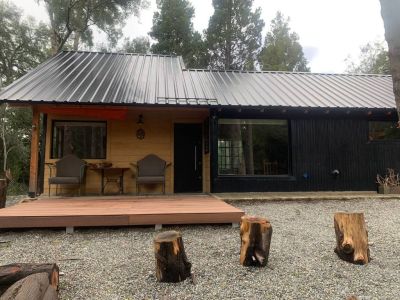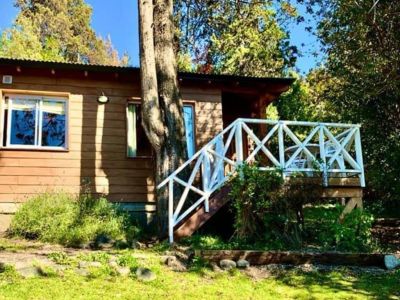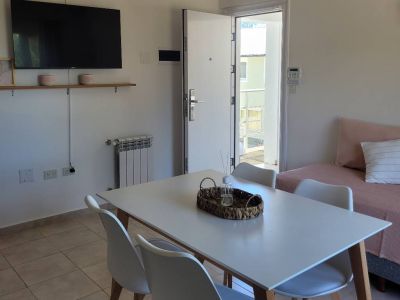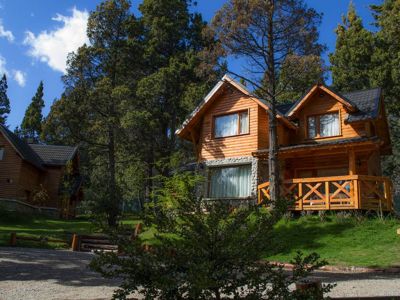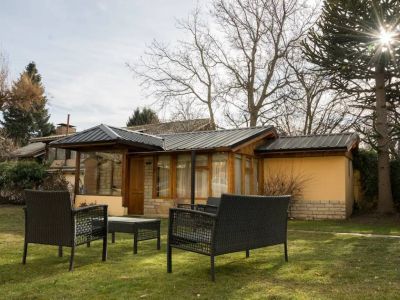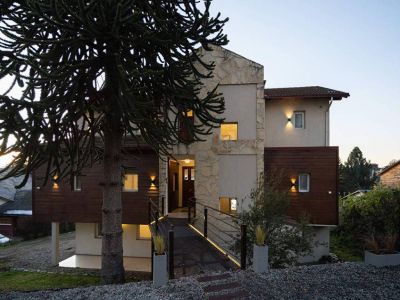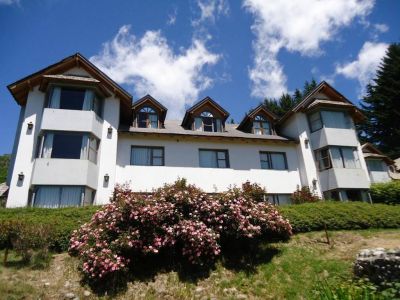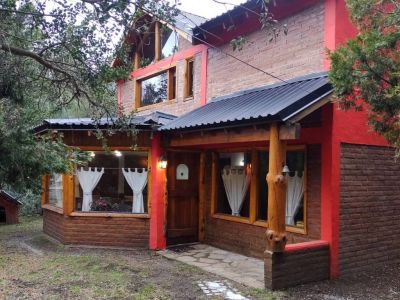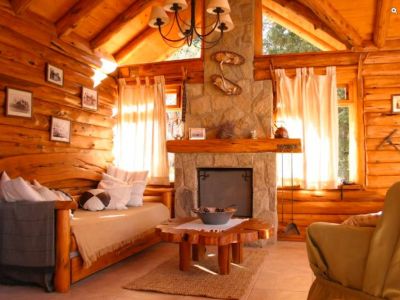Strolling along the waterfront of Bariloche, a cultural landmark is the Paleontological Museum, one of the most emblematic sites of the city. Created by the Bariloche Paleontological Association in 1977, the mission of this museum is to preserve and disseminate the fossil record of the region and collaborate with Argentine scientific work.
Emblematic museum of the city
After more than two years of renovations and pandemic in between, the museum opened its doors with a renewed proposal in structure, spaces and showcases. The exhibition hall gained more dynamism with QR technology, augmented reality and some explanatory videos in sign language. The multipurpose room was expanded to house the increasingly crowded outreach talks.
Among the specimens that attract the most attention is a replica of an ichthyosaur Caypullisaurus bonapartei (fish-shaped saurians) from the Jurassic of Neuquén, which inhabited 150 million years ago in the Jurassic seas. This peculiar reptile was adapted to aquatic life and was quite successful in evolutionary history. The adult specimens measured between 6 and 7 meters long.
Another protagonist of the tour is the skull and fragments of the leg of the Kelenken guillermoi, of the family Phorusrhacidae, from the Miocene, found in the train station of Comallo by a child of the area -today paleontologist and researcher of the Conicet-, the largest known running bird that inhabited the Earth 15 million years ago. It is a predatory bird, which could reach 3 meters in height, with a long powerful beak to tear the flesh. This discovery that excited the scientific community around the world was the seed of a NatGeo documentary.
The next attraction for amazement is the reconstruction of a jaw of megalodon, an extinct species of shark that lived 22 million years ago, during the Tertiary era.
The Paleontological Museum is a little gem in Bariloche, ideal to visit when you decide to visit this city on the shores of Lake Nahuel Huapi, but also for residents interested in the fossil heritage of the Patagonian region. The enclosure has a large and rich collection of flora and fauna, a heritage value that is exhibited in an orderly and attractive way. This aspect makes the visitor can have a more accurate idea of evolution in millions of years.

















